2 contractors. 2 different waterproofing solutions
marcolo
13 years ago
Featured Answer
Sort by:Oldest
Comments (16)
wtrprfr
13 years agomarcolo
13 years agoRelated Professionals
Bartlesville General Contractors · Boardman General Contractors · Catonsville General Contractors · De Pere General Contractors · Gallatin General Contractors · La Marque General Contractors · Linton Hall General Contractors · Schertz General Contractors · Warren General Contractors · Anaheim Flooring Contractors · Englewood Flooring Contractors · Huntington Station Flooring Contractors · Kalispell Flooring Contractors · Lincolnia Flooring Contractors · Saint Louis Park Flooring Contractorswtrprfr
13 years agoworthy
13 years agowtrprfr
13 years agomarcolo
13 years agowtrprfr
13 years agomarcolo
13 years agomarcolo
13 years agowtrprfr
13 years agomarcolo
13 years agowtrprfr
13 years agomarcolo
13 years agostarryi
11 years agobrickeyee
11 years ago
Related Stories

BATHROOM DESIGNConvert Your Tub Space Into a Shower — Waterproofing and Drainage
Step 4 in swapping your tub for a sleek new shower: Pick your waterproofing materials and drain, and don't forget to test
Full Story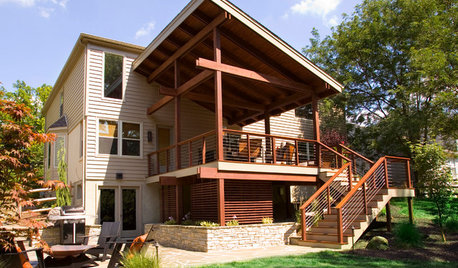
MOST POPULARSee the Difference a New Back Deck Can Make
A dramatic 2-story porch becomes the centerpiece of this Ohio family’s renovated landscape
Full Story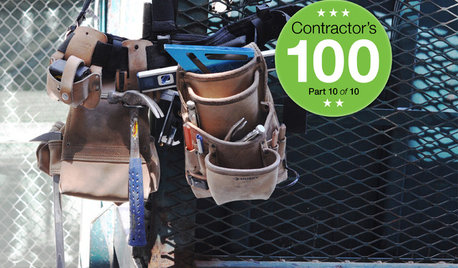
REMODELING GUIDESContractor's Tips: 10 Things Your Contractor Might Not Tell You
Climbing through your closets and fielding design issues galore, your contractor might stay mum. Here's what you're missing
Full Story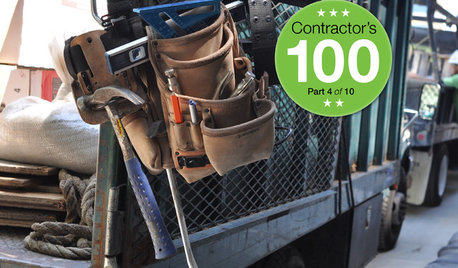
REMODELING GUIDESContractor Tips: What Your Contractor Really Means
Translate your contractor's lingo to get the communication on your home project right
Full Story
TILEEpoxy vs. Cement Grout — What's the Difference?
Grout is grout, right? Nope. Cement and epoxy versions have different appearances, durability and rules of installation
Full Story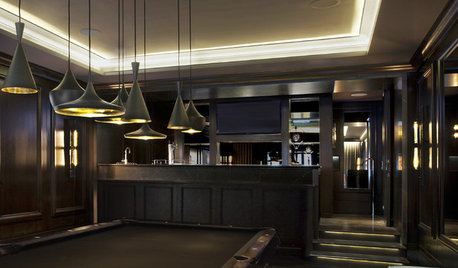
REMODELING GUIDESContractor Tips: Finish Your Basement the Right Way
Go underground for the great room your home has been missing. Just make sure you consider these elements of finished basement design
Full Story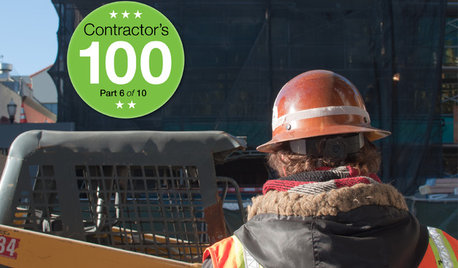
REMODELING GUIDESContractor Tips: 10 Hats Your General Contractor Wears
Therapist, financial advisor, mediator — for the price of a single good contractor on your remodel, you're actually getting 10 jobs done
Full Story
GARDENING GUIDES10 Solutions for Soggy Soil
If a too-wet garden is raining on your parade, try these water-loving plants and other ideas for handling all of that H2O
Full Story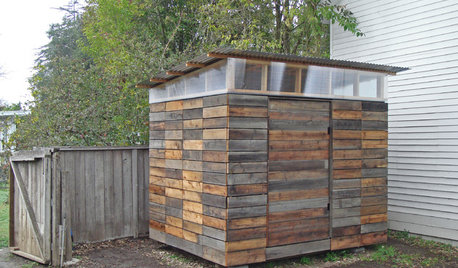
STORAGE2 Weeks + $2,000 = 1 Savvy Storage Shed
This homeowner took backyard storage and modern style into his own hands, building a shed with reclaimed redwood and ingenuity
Full Story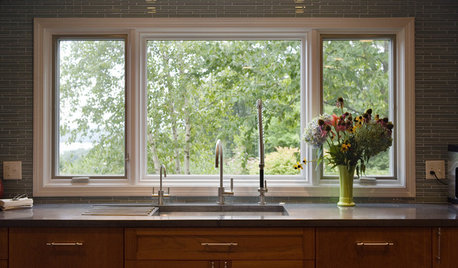
WINDOWSContractor Tips: How to Choose and Install Windows
5 factors to consider when picking and placing windows throughout your home
Full Story





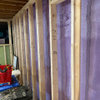

worthy